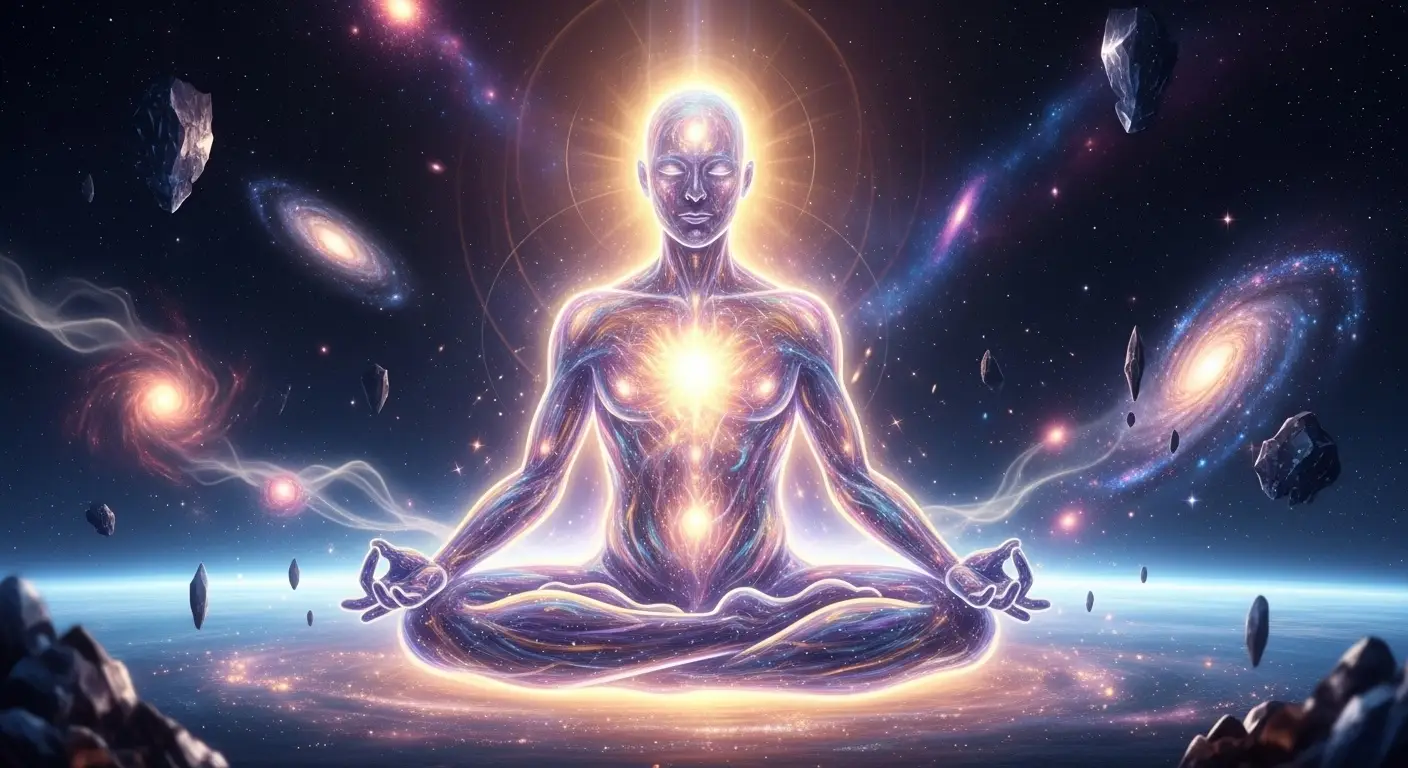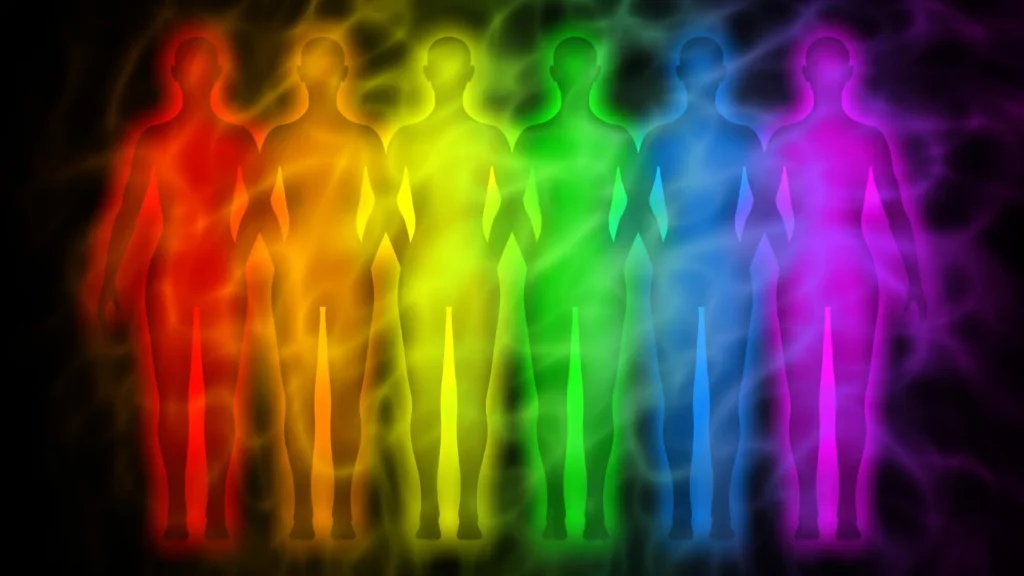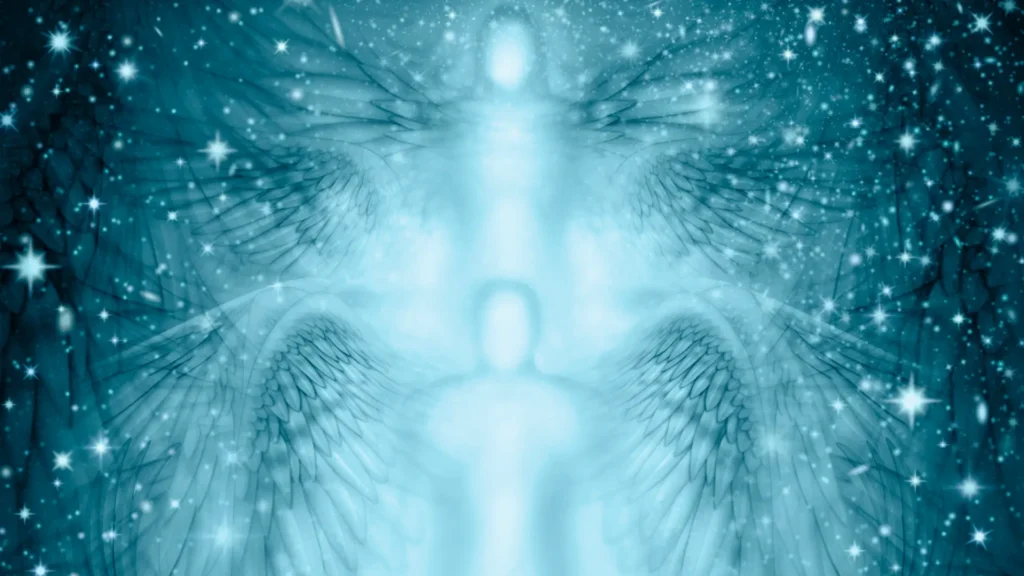Energy healing is a broad term for a range of holistic therapies that work with the body’s subtle energy systems to promote its innate capacity for self-healing. It operates on the fundamental principle that a living being is more than just a collection of physical parts; it is a dynamic, interconnected system of energy and information. The primary goal of any energy healing modality is to identify and clear energetic blockages, thereby restoring the system to a state of balance and harmonious flow.
Definition of Energy Healing
Energy healing is a therapeutic approach that falls under the category of complementary and alternative medicine (CAM). Its core premise is that the physical body is animated by a subtle “life force energy” and is surrounded by a corresponding energy field. Practitioners of energy healing work with this field to remove disruptions and encourage the proper flow of energy, which is believed to facilitate healing on physical, emotional, and mental levels. It is a holistic practice, meaning it addresses the whole person—mind, body, and spirit—rather than just isolated symptoms.
The Human Biofield
The medium through which energy healing is said to operate is the biofield, a term for the field of energy and information that surrounds and permeates all living systems. This concept, known in various traditions as the aura, is viewed as the blueprint for the physical body. It contains patterns of information related to our physical health, emotions, thoughts, and past traumas. A skilled practitioner learns to perceive or sense this field, identifying areas of stagnation, depletion, or imbalance that may correspond to a client’s symptoms.
How Energy Healing Works
The primary mechanism of energy healing is based on the principle of resonance. A practitioner, through training and personal practice, cultivates a coherent and balanced energy field. During a session, this coherent field can influence the client’s less coherent or imbalanced field, a process similar to how a vibrating tuning fork can cause another nearby tuning fork to vibrate at the same frequency. The practitioner does not “give” their personal energy, but rather acts as a conduit or facilitator, helping the client’s system to “remember” its own natural state of harmony and flow. This process helps to dissolve energetic blockages and stimulates the body’s own self-healing mechanisms.
Common Modalities and Techniques
The field of energy healing is diverse, with numerous modalities developed across different cultures and eras. Some of the most well-known include:
- Reiki: A Japanese technique where the practitioner acts as a channel for “universal life force energy,” which is typically transferred to the client through the hands to promote relaxation and healing.
- Pranic Healing: A no-touch system that involves systematically “scanning” the biofield to locate imbalances and then “cleansing” and “energizing” the affected areas with prana, or life force.
- Traditional Chinese Medicine (TCM): Systems like acupuncture and qigong are based on balancing the flow of Qi (life energy) through specific pathways known as meridians.
- Shamanic Healing: Ancient indigenous practices that work to restore spiritual and energetic balance, often involving processes like soul retrieval to heal trauma.
Client-Healer Relationship
The relationship between the client and the practitioner in energy healing is a partnership. The practitioner’s role is to create a safe, supportive space, hold a clear intention, and apply their specific technique to facilitate balance. They act as a guide or a catalyst for the healing process. The client’s role is one of receptivity and willingness to heal. An active participation, even if it is simply the intention to receive the work, is a crucial component of the process. True healing is ultimately an act of self-healing, with the practitioner serving to activate that innate potential within the client.
Applications and Benefits
Energy healing is used to address a wide variety of conditions and is often utilized as a complementary therapy alongside conventional medical care. It is not intended to replace medical treatment but to support the overall healing process. Common applications include:
- Significant stress and anxiety reduction
- Management of chronic pain
- Releasing emotional trauma and limiting beliefs
- Accelerating recovery from injury or surgery
- Promoting a general sense of well-being, clarity, and peace
The primary benefit is the restoration of homeostasis—the body’s natural state of self-regulating balance. By addressing the energetic root of an issue, the physical and emotional symptoms often resolve as a natural consequence.



